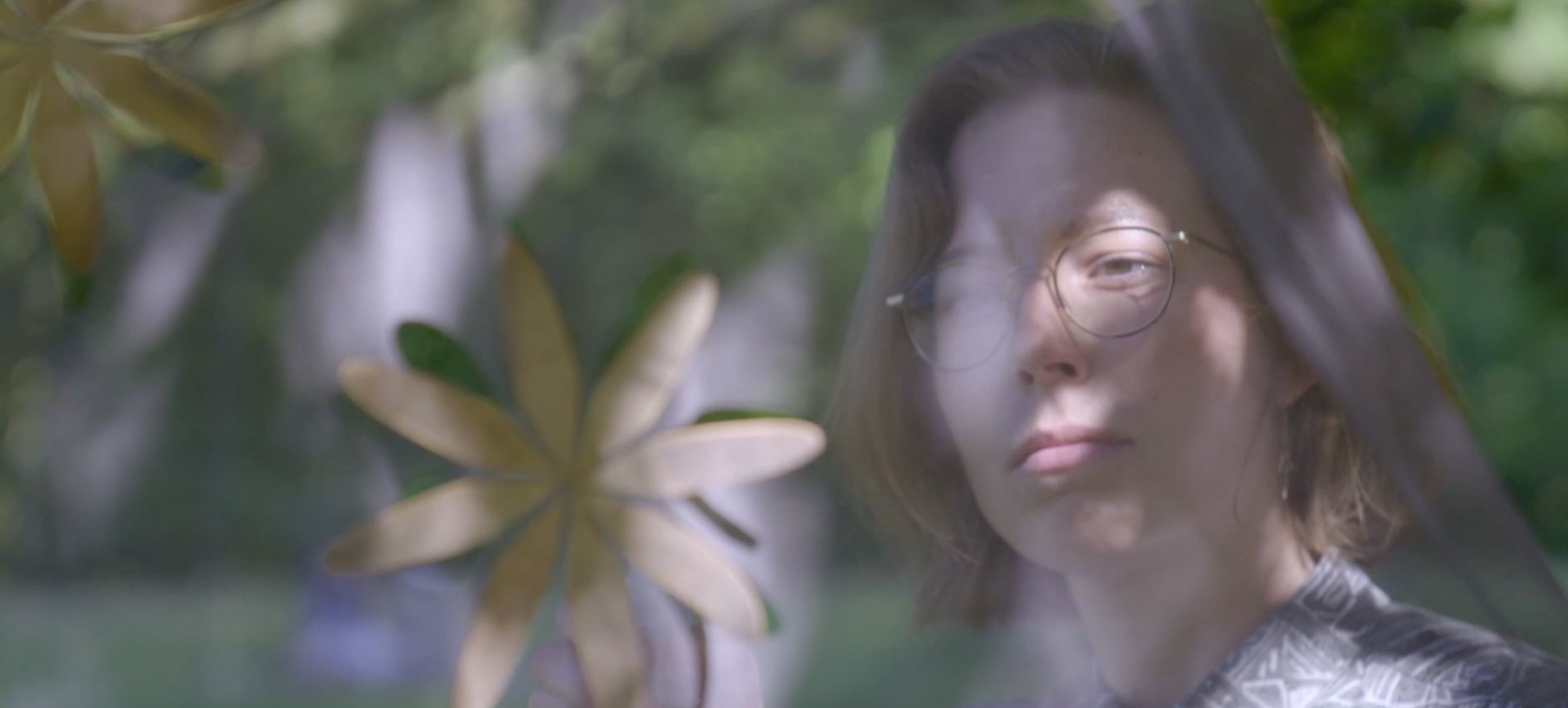Shape changing textiles: a sustainable fashion revolution?
- Fashion
Imagine this: your clothing adjusts to how warm or cold you feel throughout the day. No need for dozens of outfits anymore! Sounds like something from the future? More and more companies, designers, and professionals in the textile and fashion sector are focusing on the development of innovative materials. In the research project 'Shape-Changing Textiles', the ArtEZ professorship Fashion has collaborated with designers and companies to develop a textile that can change shape in interaction with the wearer or the environment. What is the future of these unique types of textiles? And do these 'shape-changing textiles' promote sustainable behaviour? Researchers Pauline van Dongen and Anna Jos Wetzel share insights into this special type of textile and their findings.

In the research project, Pauline and Anna Jos worked with the Next Nature Network, UNStudio, AMOLF, and the Ecomimicry Institute to explore the potential of so-called shape-changing textiles in promoting sustainable behaviour and a sustainable environment. From a social, ecological, technical, and design perspective, they investigated what happens when textile materials autonomously become adaptive, responsive, and interactive, and how that contributes to the sustainability of behaviour and spaces.
Taking cues from nature
The research extensively explores natural materials that undergo visual transformations. "For instance, the beech tree reacts strongly to moisture, changing its shape as it bends. It can be remarkably beautiful, almost as if the material comes alive," explains Anna Jos Wetzel, designer and researcher.
The cotton we use was once a plant. We often see it merely as a finished product, forgetting its origin. As a designer, it's fascinating to trace that journey."
Raising awareness
How does this type of material impact our relationship with textiles or even our environment? What kind of interaction occurs with the material? These are pivotal questions in the research. Equally important is whether these materials prompt more sustainable behaviour. "The cotton we use was once a plant. We often see it merely as a finished product, forgetting its origin. As a designer, it's fascinating to trace that journey," notes Anna Jos Wetzel. The materials developed in this research aim to cultivate greater awareness. "You begin to notice subtle, beautiful changes that inspire awe, provoke questions, or invite you to care for them," says head researcher Pauline van Dongen.
Check out the video about the research below.
About the professorship Fashion
The professorship Fashion explores and develops critical theories and practices concerning the creation, wearing, and embodiment of fashion. The goal is to contribute to the development of alternative and supportive systems that empower individuals in precarious situations.
Visit the website of the professorship Fashion